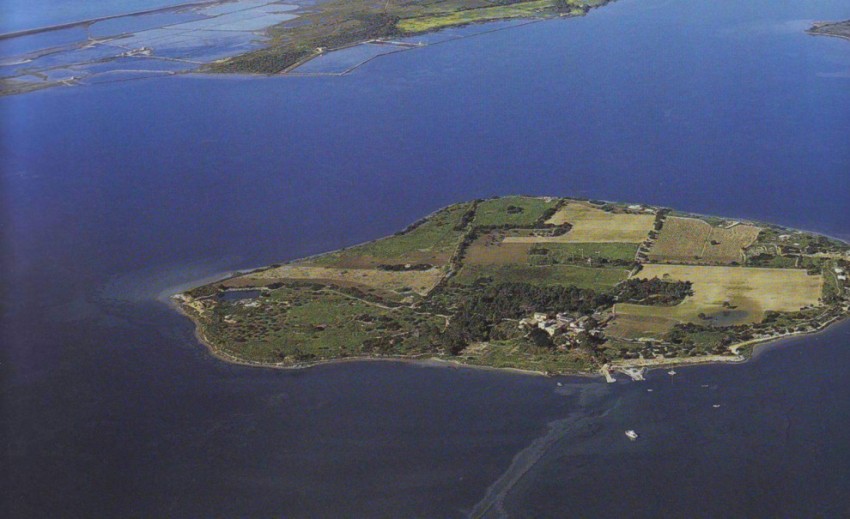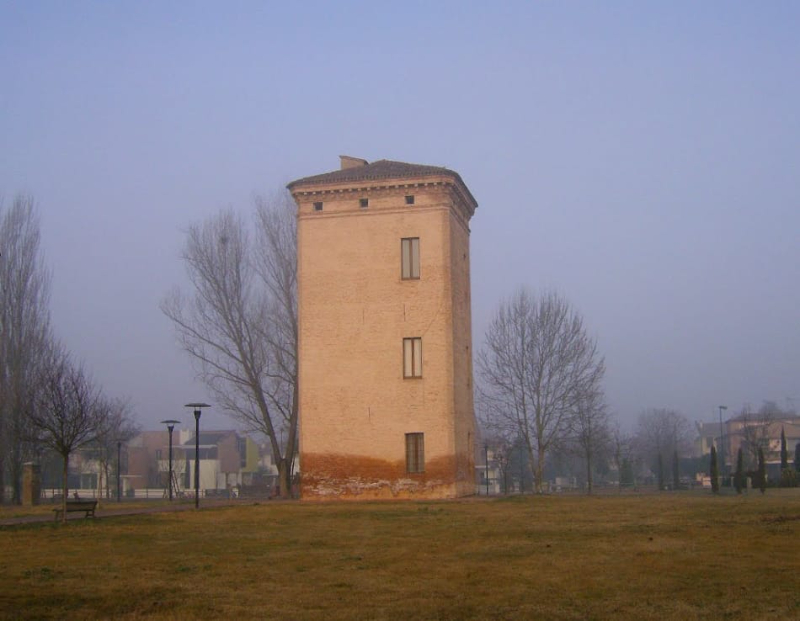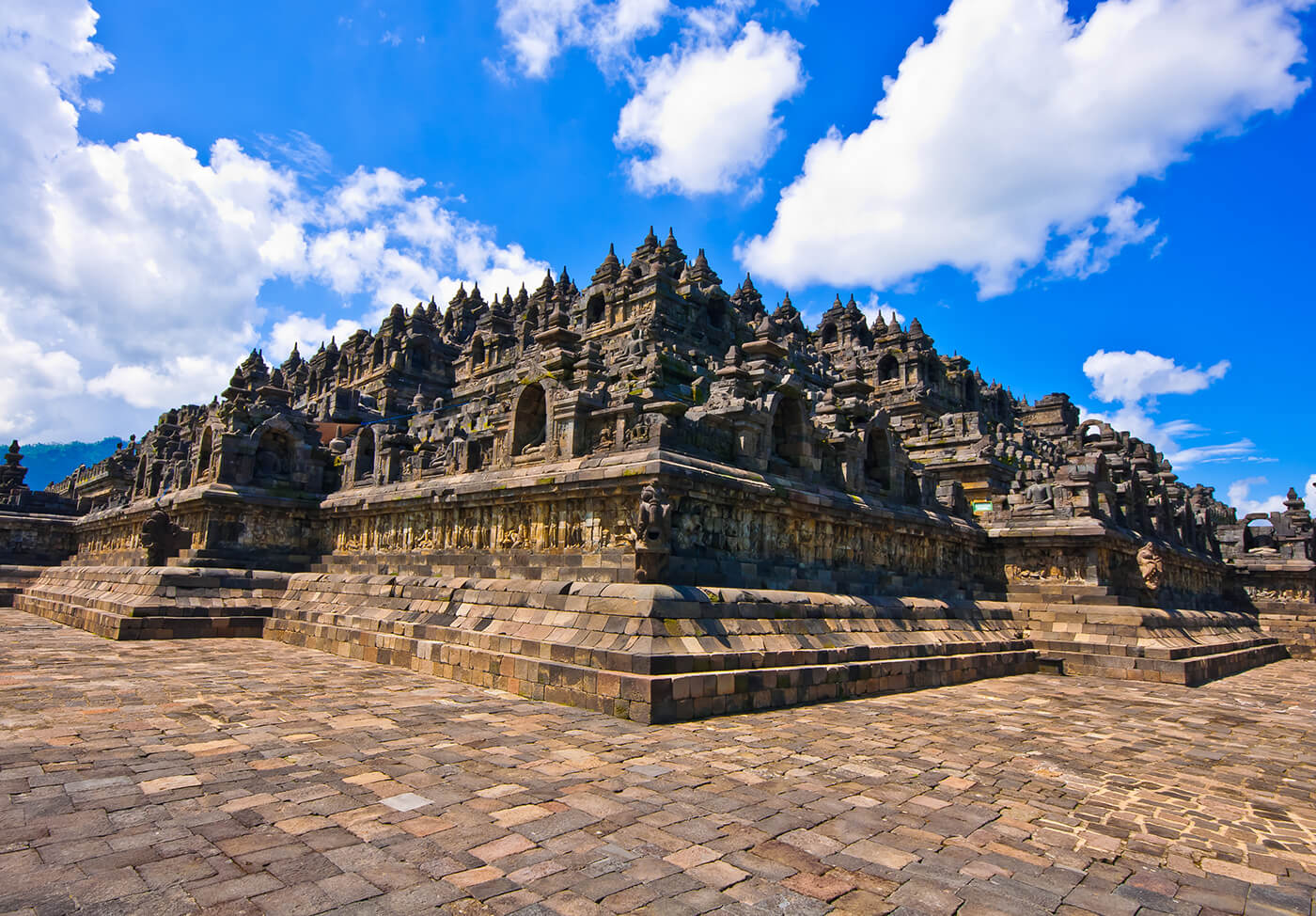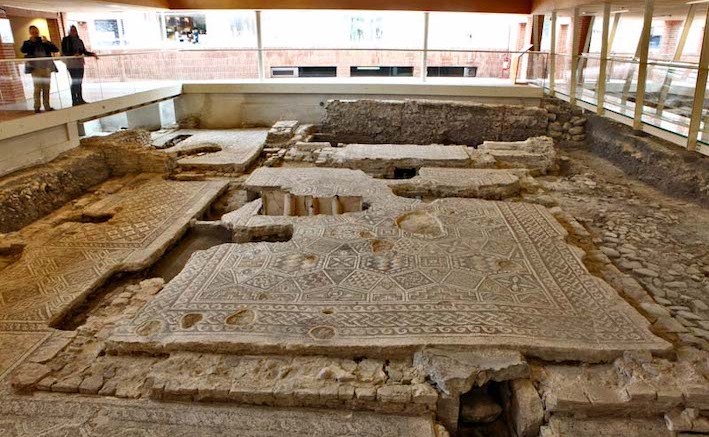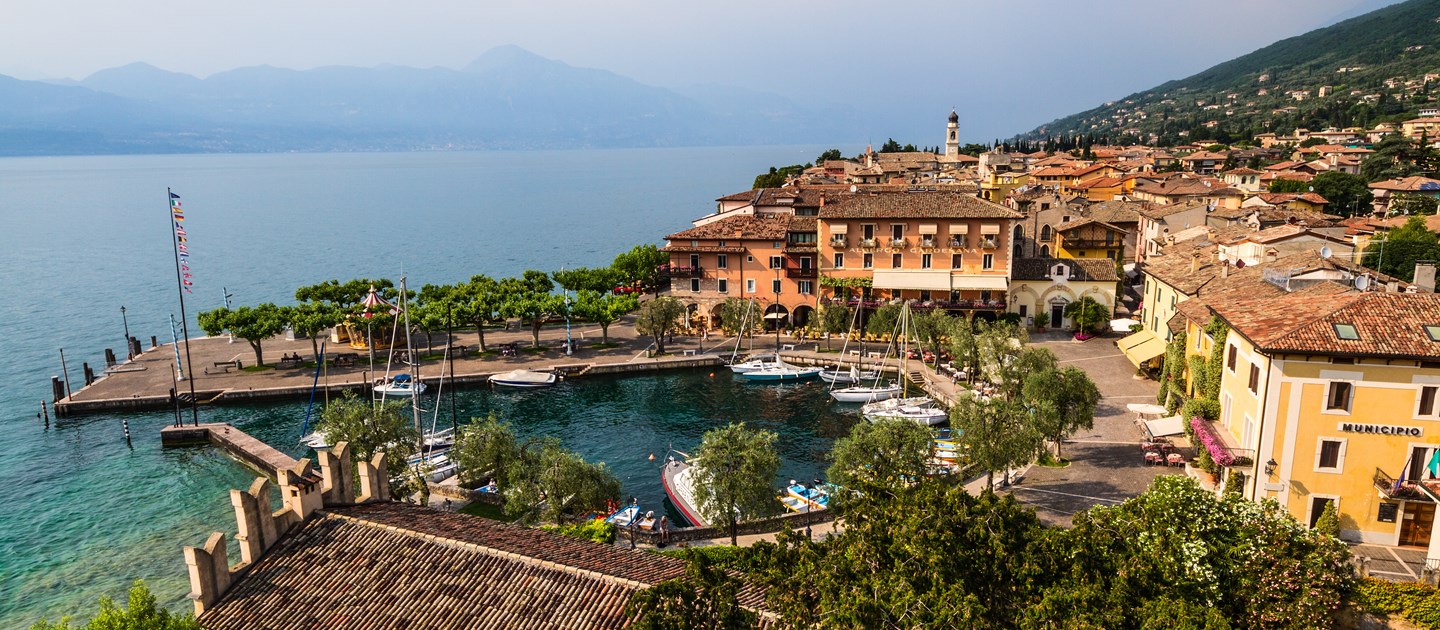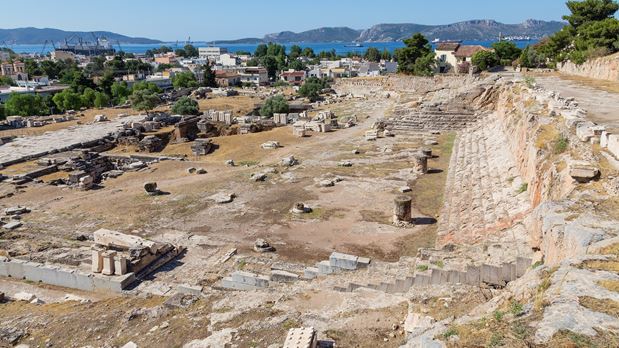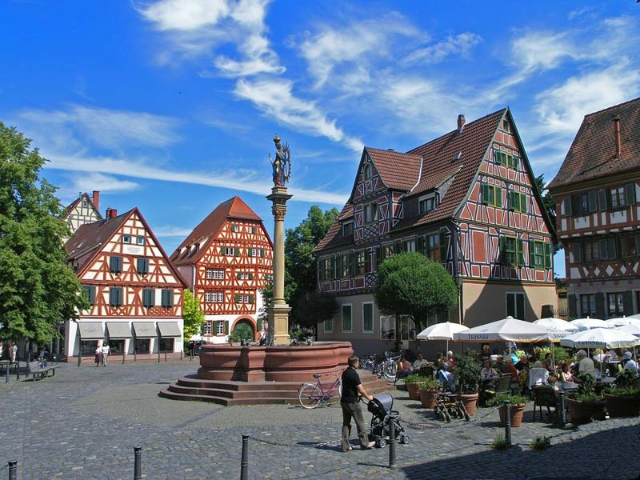Thanks to its particular and positive strategic position, it has always been an ideal place for the exchange of goods. The first to land on the island were the Phoenicians, in the eighth century BC, who transformed it into a thriving town. To defend themselves from enemy attacks were built high walls that made the island impregnable for a long time, resisting the attacks of the Greeks before and after the Carthaginians.
But in 397 BC the city of Mozia was invaded and destroyed by Syracusan troops led by the cruel and despotic tyrant Dionysius the Elder. The inhabitants fled and repaired on the dry land and the island remained abandoned for several centuries.
In the eleventh century AD during the Norman domination, Mozia was donated to the Abbey of Santa Maria della Grotta di Marsala and became the seat of the Basilian monks of Palermo, who then gave themselves the name San Pantaleo island, dedicating it to its founder saint of the order.
In the sixteenth century the island passed to the Jesuits, and in 1792 was given as a fief to the Notary Rosario Alagna of Mozia awarded the title of Baron of Mothia, which began archaeological excavations in search of historical finds of the past
Mozia knew a period of splendor when, in 1902, the English nobleman Joseph Whitaker decided to build his home here. Whitaker’s family settled in Sicily at the end of the 1800’s, starting a flourishing exportation of Marsala wine. When Joseph discovered the island of Mozia, he was struck by it, both for its beauty and for its extraordinary archaeological value. He therefore bought the island and, with the collaboration of his faithful overseer, Colonel Giuseppe Lipari Cascio, explored Mozia far and wide, bringing to light the remains of the ancient Phoenician city, as well as a vast series of findings that today are visible in the Withaker Museum (Joseph’s old home).
The island of Mozia is turned on foot in about 2 hours. It is necessary to follow the guided paths and the various indications that are found along the different maps placed on various points of the island to reach the main points of interest.
1 Museum Giuseppe Whitaker
2 Inhabited ZONE A House of amphorae
3 Tophet
4 Necropolis
5, 16 Industrial area
6 Sanctuary of Cappiddazzu
7, 8 North Gate – Marine Road
9 Eastern tower with staircase
10 Fortifications
11 Inhabited House of Mosaics
12 Casermeta
13, 14 South door Kothon
15 Place of discovery of the statue Youth of Mozia
17 Inhabited Central area
18 Inhabited Zone D
19 Inhabited Zone B
20 Zone F Northwest door and annexes
21 Temple of the Kothon
22 Inhabited Zone E
In addition to significant archaeological finds, Mozia also offers a very beautiful landscape. The shallow waters of the lagoon create real natural pools, with clear, transparent water that reaches your knees. Impossible to resist the charm of a suggestive walk through the lonely waters.
